At Dish Works, we embrace technological advances and changes. Artificial intelligence is here, and it’s here to stay. Much like the internet, there will be phases, evolutions and surprises in how AI changes the world.
Instead of ignoring or fighting against AI, we are open-minded to the benefits of using it as a tool, just as we use other types of tech, like photography and video editing software. We believe that AI won’t replace people, but it will eventually replace people who don’t know how to effectively work with AI and utilize it.
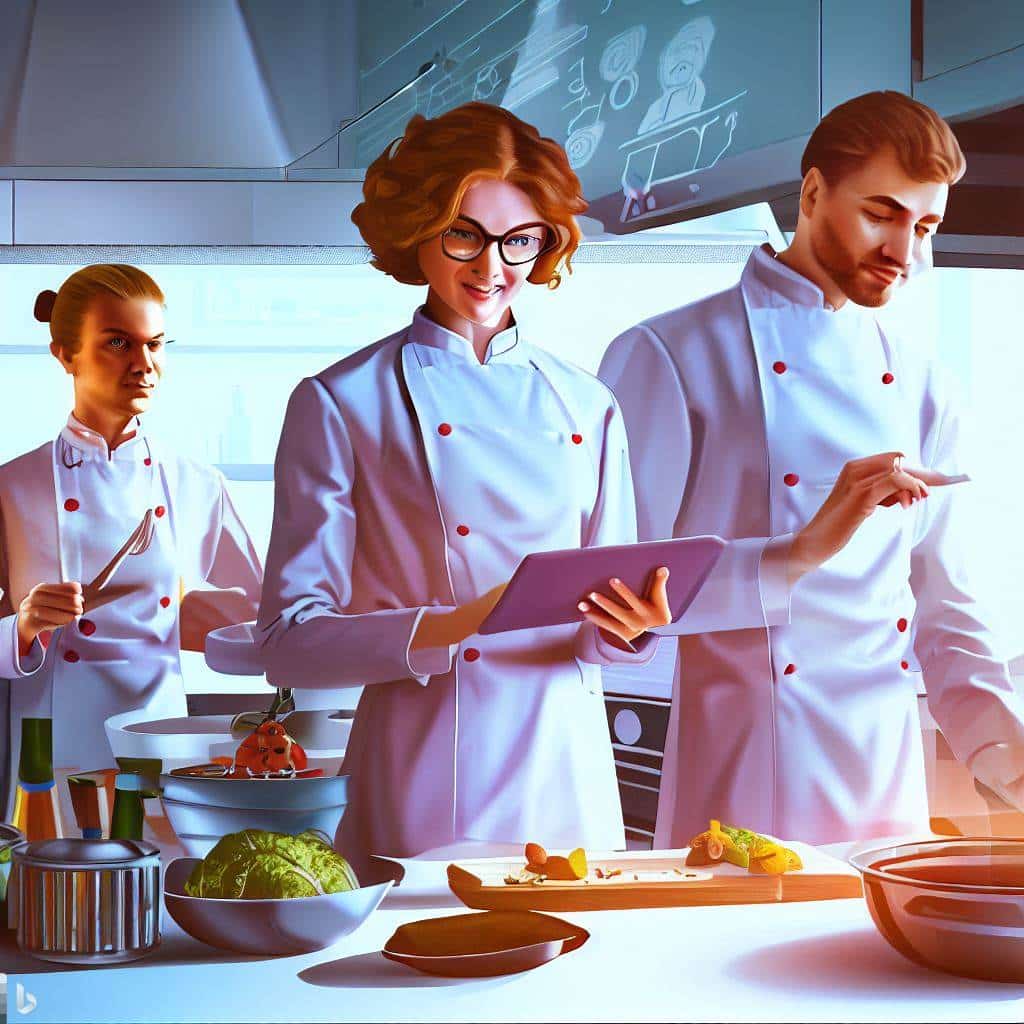
We have been experimenting with AI platforms, like ChatGPT, Midjourney and Bing’s Image generator, and incorporating some of this tech into our workflow. Out of curiosity, we asked ChatGPT to write an article about how AI will affect the culinary content industry, and here’s a (significantly abbreviated version) of what it responded with — scroll down a bit to get our hot takes.
Artificial intelligence (AI) has had a significant impact on the food industry in recent years, including food content creation. Here are some of the ways AI has impacted food content creation:
Recipe Development
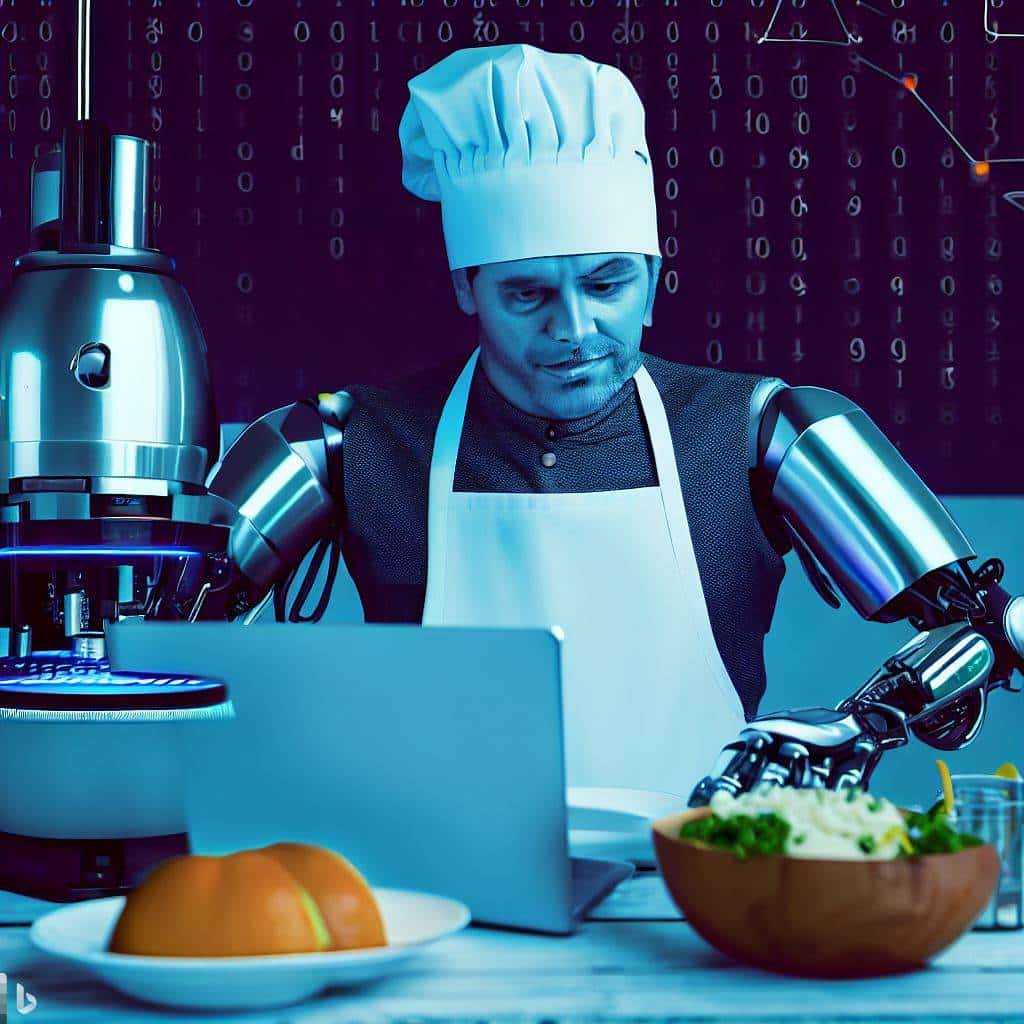
AI has made it easier for food content creators to develop new and unique recipes. AI algorithms can analyze thousands of recipes and ingredient combinations to generate new and innovative dishes that are tailored to specific dietary needs or preferences.
However, relying solely on AI for culinary content and recipes can lead to a lack of creativity and originality in the content produced. AI algorithms are designed to analyze data and generate content based on that data, which can lead to a homogenization of content that lacks the unique and creative touch that human creators can bring. Moreover, there is always the risk of errors or mistakes that may not be immediately apparent, which can be particularly problematic when it comes to food content creation, where errors or mistakes can have serious consequences for health and safety.
Recipe development is a multifaceted process that requires more than just identifying ingredients and cooking methods. It involves creativity, intuition, and years of experience to create recipes that are both delicious and unique. Recipe developers also take into account cultural and regional differences, dietary restrictions, and the latest food trends.
Furthermore, recipe development is not just about creating new recipes. It is also about improving existing recipes, adapting them to changing dietary needs and preferences, and ensuring that they are accurate and reliable. Human recipe developers have the ability to taste the food, adjust the seasoning and texture, and make changes based on their instincts and experience.
Food Photography
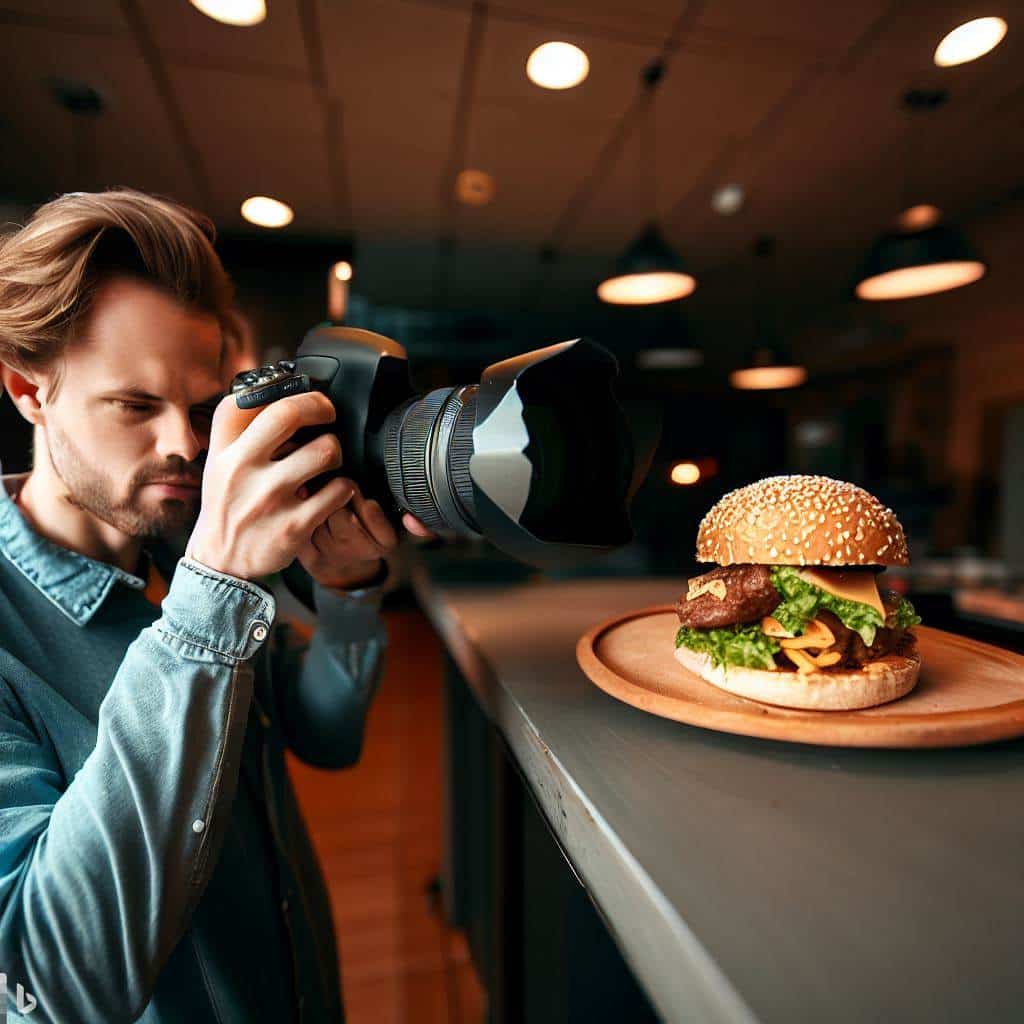
AI-powered software can analyze food images and suggest edits to improve lighting, color and composition. It can also help identify and remove unwanted background elements, making food images more visually appealing and enticing.
However, the use of AI for culinary content can lead to a lack of quality control in food photography. While AI algorithms can be trained to produce content that meets certain standards, there is always the risk of errors or mistakes that may not be immediately apparent. Moreover, relying solely on AI-generated content can lead to a lack of creativity and originality, as human creators can bring a unique and creative touch to food photography.
Food photography requires more than just capturing images of food. It is a highly creative process that involves styling the food, selecting the right props and backgrounds and using lighting to create the desired mood and atmosphere. Human food photographers have an eye for detail and can create images that are both aesthetically pleasing and visually appealing.
AI lacks the creativity and intuition of human photographers, and it cannot replicate the unique style and vision that human photographers bring to their work.
Video Production
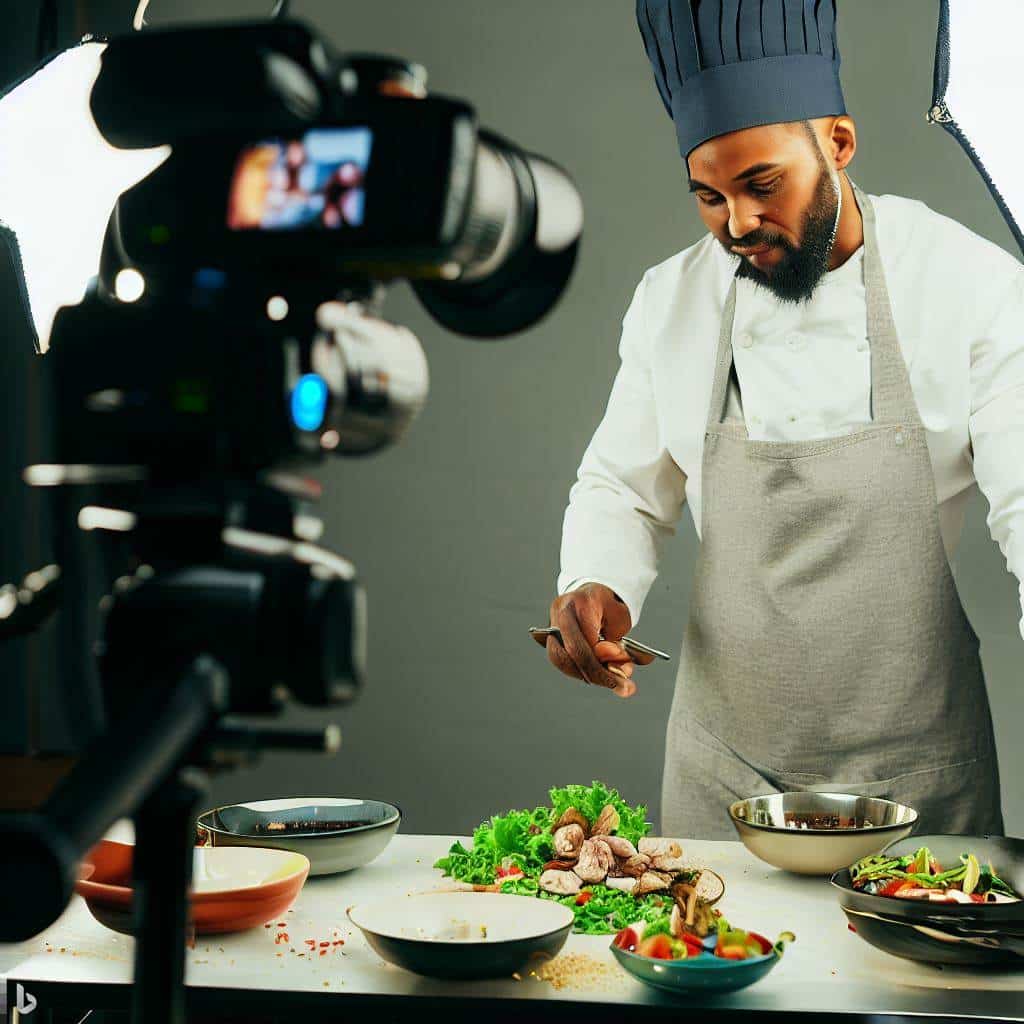
AI can be used to create video content that is personalized and engaging. For example, AI-powered video editors can analyze viewer data to suggest the most effective editing techniques and content formats for specific audiences.
However, the use of AI in video production can lead to a lack of creativity and originality, as human creators can bring a unique and creative touch to video content.
Creating food content videos involves more than just recording the process of cooking. It requires creativity, storytelling, and expertise in video production to create engaging and informative videos that viewers will want to watch. Human video creators have the ability to create a story around the food, present it in a visually appealing way, and provide helpful tips and insights.
Another potential drawback of relying solely on AI-generated content is the potential for bias in the algorithms used. AI algorithms are only as good as the data they are trained on, and if that data is biased, the algorithms can produce biased results. This can be particularly problematic in food content creation, where algorithms may be trained on data that reinforces stereotypes or excludes certain groups.
While AI technology has undoubtedly had a significant impact on food content creation, there are also potential drawbacks to relying solely on AI-generated content. One of the most significant drawbacks is the potential for a lack of creativity and originality in the content produced. AI algorithms are designed to analyze data and generate content based on that data, which can lead to a homogenization of content that lacks the unique and creative touch that human creators can bring.
Whew, okay, that was a lot. Did you pick up on the fact that the AI-generated article itself is a prime example of the exact benefits and drawbacks of relying on AI to create content? And the images: pretty wild, right?
The generic, brand-less voice becomes monotonous and repetitive and often recycles the same claims and ideas from section to section. It took extensive editing to cut down the original article that was provided, and a good deal of it was regurgitated concepts that the AI returns to over and over. On the other hand, putting in a prompt and getting content automatically generated is way faster than a human’s writing.
This is currently the main tension in the pros and cons of using AI for culinary content creation: convenience versus the quality, creativity and warmth of the human touch.
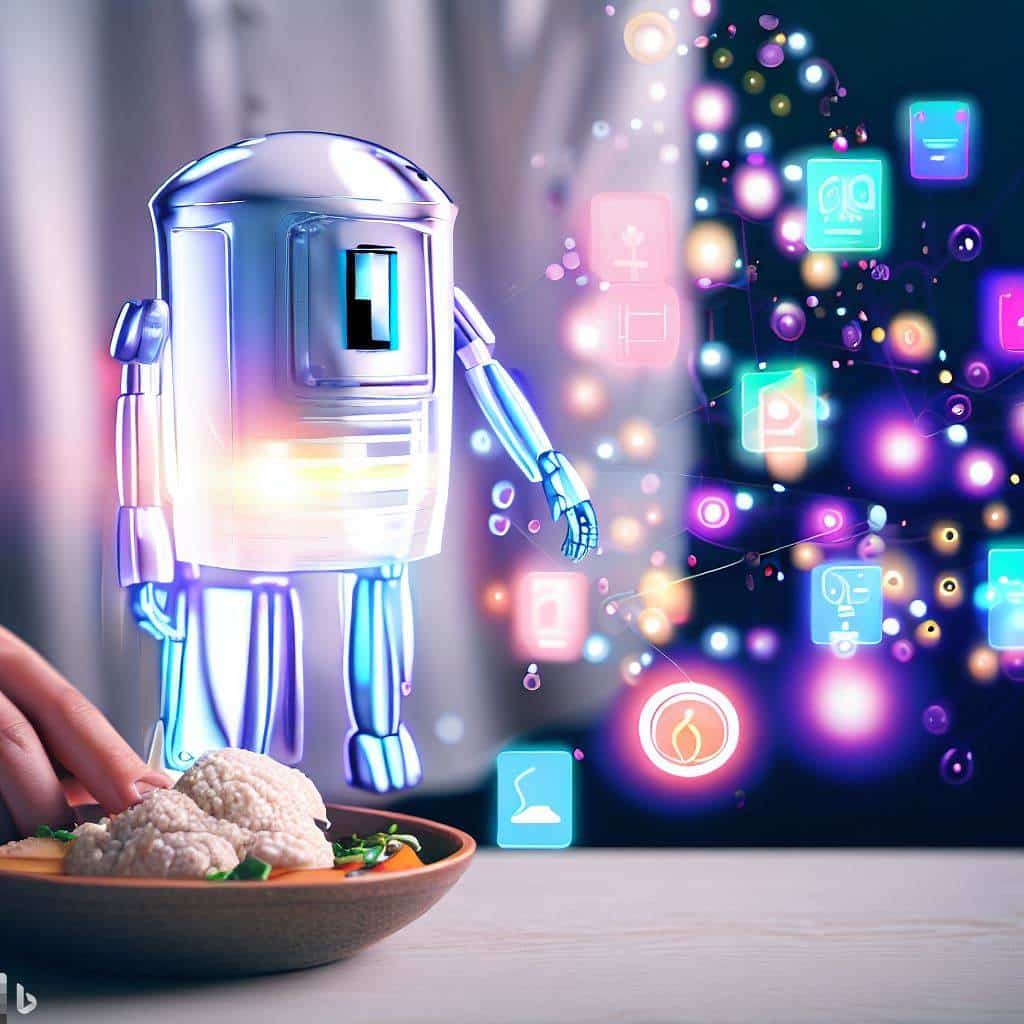
As an industry, and a society at large, we’re in a really amazing situation, experiencing AI in its infancy. The Dish Works philosophy is to embrace change and familiarize our team with resources that can help make our work more efficient and benefit our clients. It’s our prediction that in the future, humans and AI will collaborate to create things we can’t even imagine yet.
Stay tuned for more blog posts on how Dish Works is using AI for culinary content creation!